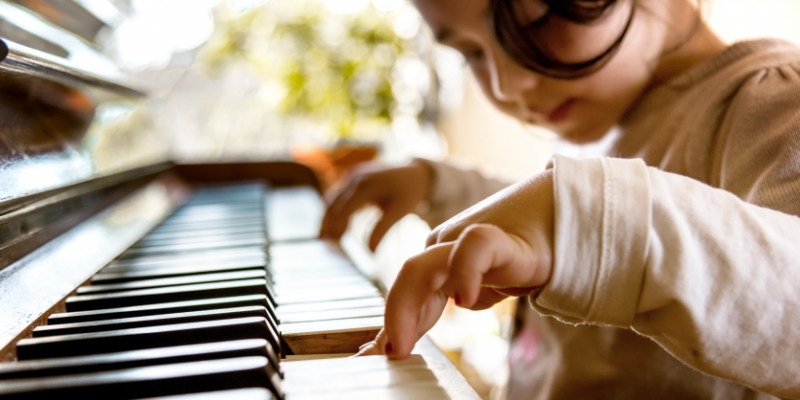Oliver Sacks had been a longtime pioneer in neurology (you can see Robin Williams portray him in the 1990 movie, Awakenings). A large part of his studies included documenting the incredible power of music to stir movement in paralyzed Parkinsons patients, calm the tics of Tourette Syndrome, and to help children on the autism spectrum. Thanks to Sacks and his fellow devoted researchers in the industry, the value of music-as-therapy has been legitimized.
Music therapy is especially effective for children with ADHD. In addition to reducing hyperactivity, music therapy helps boost attention, improve focus and even strengthen social skills. There are two major ways music helps.
We know that listening to music is helpful on so many levels. Learning to play a musical instrument is also therapeutic. By playing an instrument, you can be among the researchers and therapists bringing comfort to the hearts and minds of those who need it most.


Live Music Tutor E-News!
Stay informed of what's happening in the world of music education by subscribing to the Live Music Tutor e-newsletter.